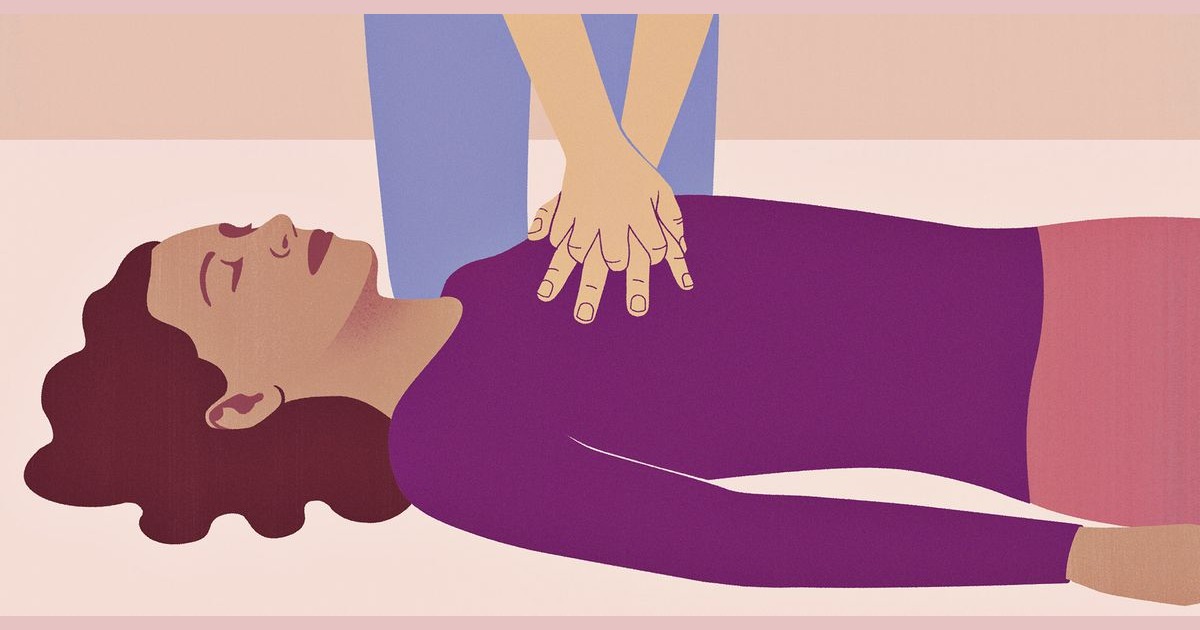A recent study has shed light on a concerning issue – compared to men bystanders are less likely to give women CPR in public. Let’s explore the key findings and implications.
A study presented at the European Emergency Medicine Congress reveals that women are less likely to receive life-saving cardiopulmonary resuscitation (CPR) in public settings compared to men.
The research, based on medical records of 39,391 patients who experienced cardiac arrests outside of hospitals in Canada and the United States between 2005 and 2015, highlights disturbing trends in gender disparities during emergencies.
The study found that only 52% of women received CPR from bystanders, while the rate for men stood at 55%. The disparity became more pronounced when the cardiac arrest occurred in public areas, such as streets, where only 61% of women received CPR compared to 68% of men. Age did not significantly influence these results.
Bystanders Less Likely To Give Women CPR: What Do You Think?
This alarming trend is not entirely surprising to medical experts. Some individuals hesitate to administer CPR to women due to a lack of familiarity with the anatomical landmarks, as CPR training typically uses male-form mannequins, which may not translate well for female victims.
Additionally, fear of touching another person without consent, especially a woman, can discourage bystanders from providing CPR. Misconceptions about women being less prone to heart attacks or cardiac arrest may also contribute to this gender bias. Some are concerned about causing harm to women during the CPR process.
However, it is crucial to recognize the importance of CPR in saving lives. Immediate CPR significantly reduces the risk of brain injury and death in cases of cardiac arrest. The American Red Cross recommends hands-only CPR, emphasizing chest compressions at a rate of 100 to 120 per minute.
Despite any reservations, it is essential for bystanders to act swiftly and administer CPR when witnessing a cardiac arrest, regardless of the victim’s gender. Good Samaritan laws legally protect those who volunteer to help during emergencies.
In conclusion, the gender disparity in CPR administration, as highlighted by this study, underscores the need for awareness and education.
Prompt and gender-neutral CPR response is vital in improving survival rates during cardiac emergencies. The study serves as a wake-up call for society to prioritize life-saving actions over gender stereotypes.








Leave a Reply
You must be logged in to post a comment.